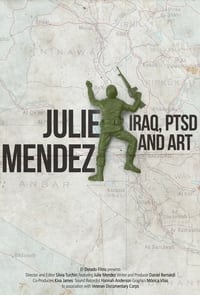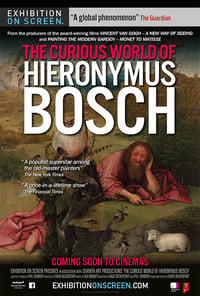 0
0Die Brücke: The Birth of Modern Art in Germany
 0
0Die Brücke: The Birth of Modern Art in Germany
Synopsis
This movement marks the beginning of modern art in Germany. It is the German equivalent of French Fauvism, from which it draws its main inspiration, but it carries an Expressionist and social emphasis that is characteristic of Nordic 'angst.' The artists of Die Brucke were restless creatures, over-sensitive, haunted by religious, sexual, political or moral obsessions. Dramatic landscapes and nudes, mystical and visionary compositions, scenes of the countryside, the streets, the circus, the cafe-dansants and the demi-monde were their principal subjects. Their pure colours blaze in acid stridency, encompassed by rough, dry contours which show the influence of African art and primitive woodcuts. The work of the following is shown: Kirchner, Fritz Bleyl, Erich Heckel, Schmidt-Rottluff, Otto Muller, Emil Nolde and Max Pechstein.
Torrent Sources
No media sources available
Details
- Release Date
- Jan 1, 1972
- Runtime
- 0h 24m
- Language
- German
- Status
- Released
Production
Countries
Languages
You May Also Like

The Cultural History of Museums
2022

National Gallery
2014
Katolícka moderna
1999

Dolorès Marat: The Wave

Julie Mendez - from PTSD to Art
2013

There Are No Fakes
2019

Rietveld Houses: A piece of furniture to live in
2024

Gray Matters
2016

The Curious World of Hieronymus Bosch
2016

Caligari: When Horror Came to Cinema
2014